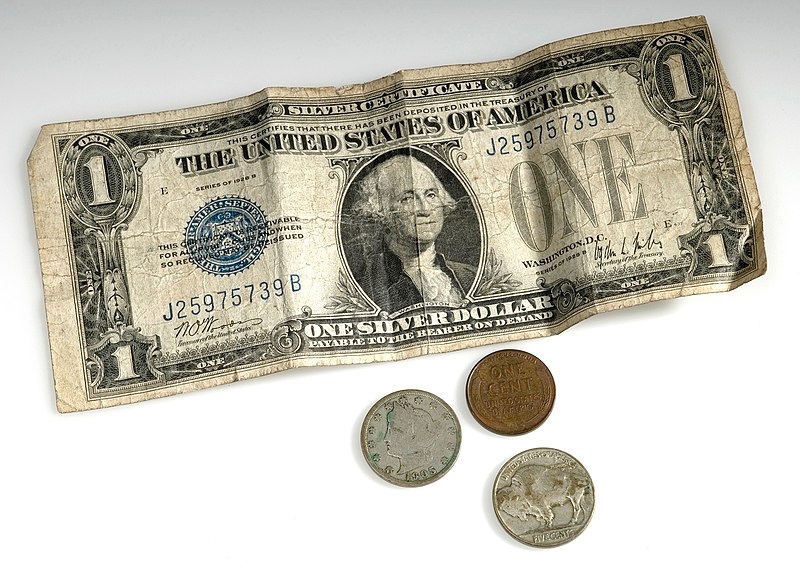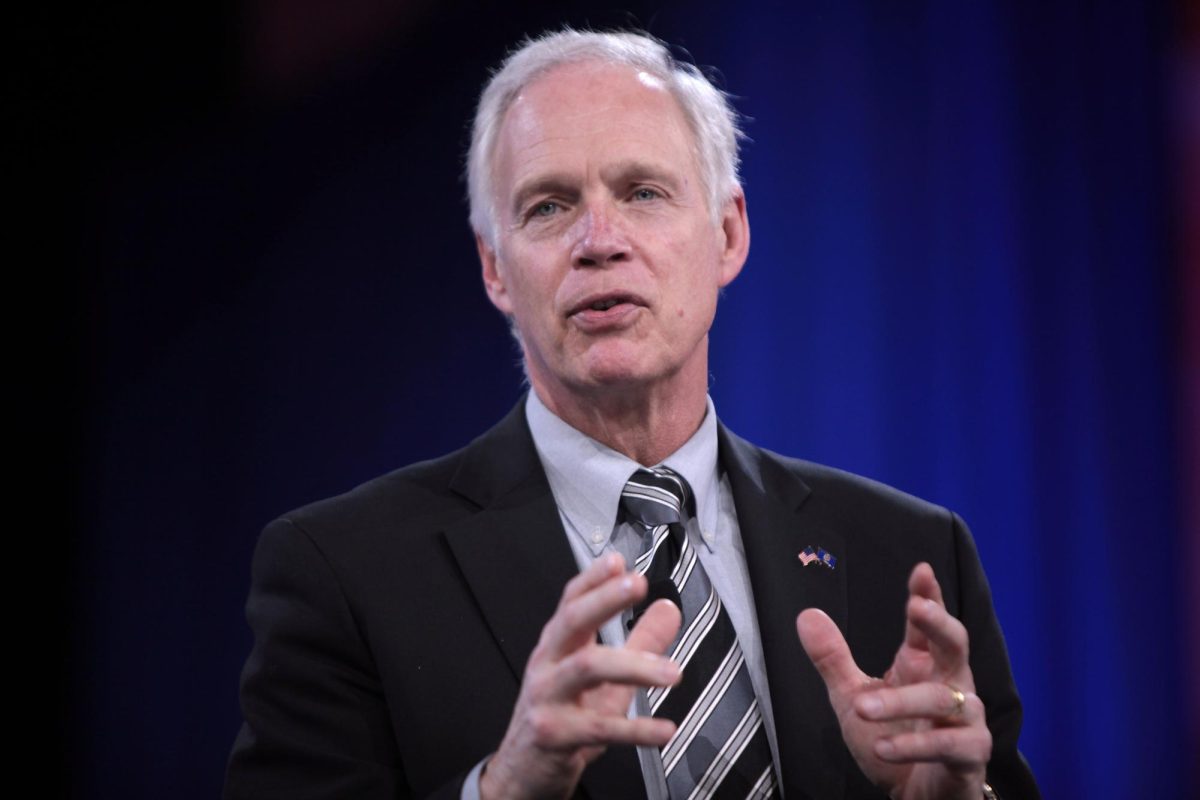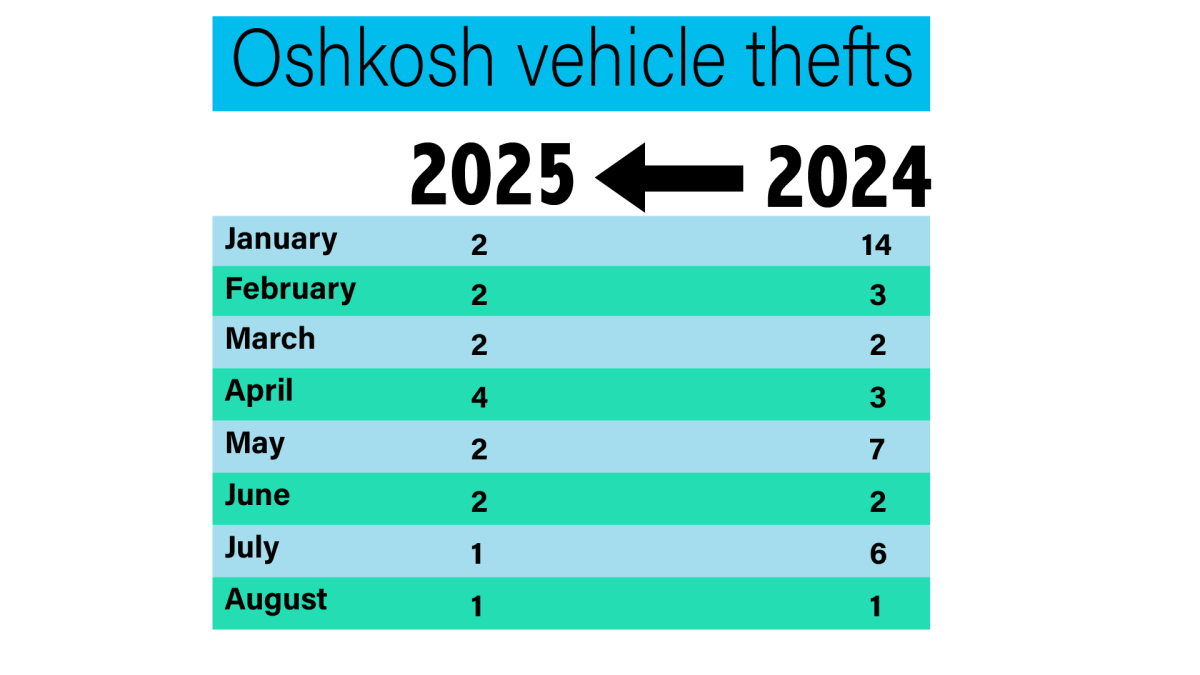In an encouraging sign, reserves in Wisconsin’s unemployment fund increased last year after they plunged during the COVID-19 pandemic. But the fund still may not be ready for the next recession; its reserve levels remain below those of most states and lag a key benchmark of recession readiness.
After two straight years of declines, the balance in Wisconsin’s unemployment fund rose by 20.7% in 2022, from $1.12 billion to $1.36 billion. It was a welcome comeback for a key state program that seemed to be facing an existential crisis just three years ago. A tidal wave of layoffs in the first days of the pandemic prompted warnings from the Forum and others that the reserves used to make insurance payments to unemployed workers could be exhausted or severely depleted.
The fund held up much better than expected due to strong reserves, an unprecedented federal aid influx, and some more modest help from the state’s general fund. After these recent challenges, businesses can take solace in the fact that the state’s unemployment reserves grew enough in recent months to prevent a payroll tax increase in January 2024.
Created in 1932, Wisconsin’s first-in-the nation unemployment system uses payroll taxes on employers to fund temporary benefits for qualifying workers who lose their job through no fault of their own.
In the early to mid-2020, it seemed possible that Wisconsin would once again have to borrow money from the federal government to make its unemployment payments to workers. That would have been a return to the days of the Great Recession, when Wisconsin’s jobless fund at one point was carrying nearly $1.7 billion in debt and employers had to pay additional federal payroll taxes to discharge it.
During the pandemic, 22 states had to borrow federal funds to make jobless payments. Wisconsin avoided that fate for two reasons. The first was that after the long economic expansion of the 2010s, Wisconsin’s jobless fund had reasonably strong reserves of nearly $2 billion.
The second lifeline for the state’s jobless workers and unemployment fund came from the federal government, which poured nearly $5 billion into Wisconsin for new and existing benefit programs for those affected by the pandemic layoffs. The Legislature and Gov. Tony Evers also boosted the unemployment fund balance by approving the transfer of $120 million in general fund revenues into the fund.
While there are signs the unemployment fund’s condition is improving, the next recession will arrive sooner or later, and recent improvements don’t mean our state is fully ready. On a key metric of readiness to respond to an economic downturn, Wisconsin ranks 33rd among the states, and it is down substantially from January 2020.
The Great Recession taught Wisconsin a painful lesson: a downturn is the worst moment to have to borrow and raise tax rates to make jobless payments. In the current moment, policymakers may wish to consider steps to raise the jobless fund balance over time.
This article is courtesy of the WNA Foundation. Weekly Fiscal Facts are provided to Wisconsin Newspaper Association members by the Wisconsin Policy Forum, the state’s leading resource for nonpartisan state and local government research and civic education.










